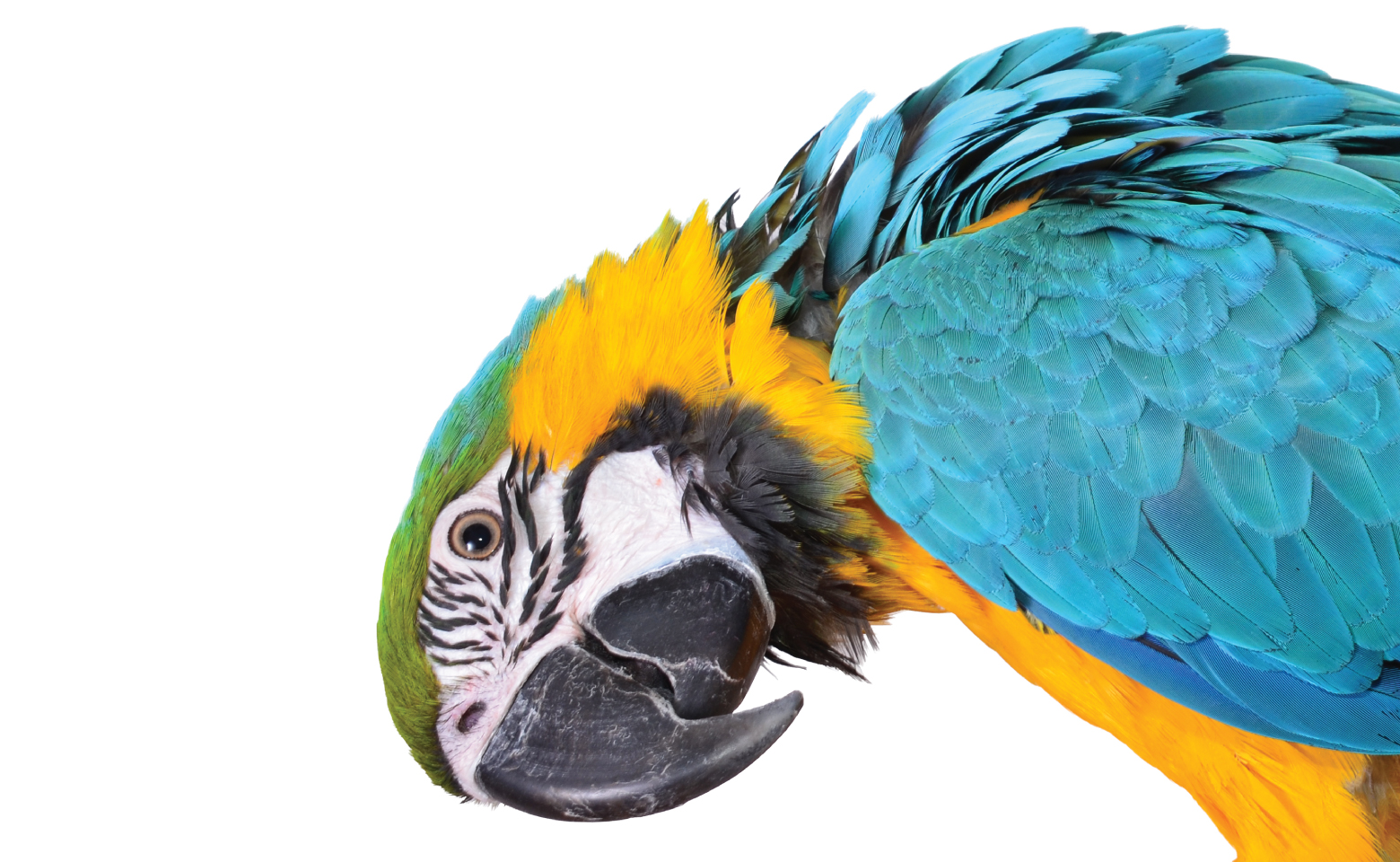Feathered friends
Modern advances in domestic breeding and rearing have resulted in an increased availability of healthier, tamer house birds. For many people, the company of these beautiful, unique and communicative creatures is a great alternative to more traditional pets.
Birds can make wonderful, affectionate and happy pets, but it’s important that they have the right care, plenty of attention and the perfect home environment. If you’ve always wondered about keeping pet birds, or your kids are nagging you for their own, here are a few things to keep in mind before you bring one home.
WHICH BIRDS MAKE GOOD PETS?
If you think birds are less maintenance than other pets, think again. These are not goldfish! Like dogs and cats, birds have distinct personalities. Some prefer not to be handled, while others love affection to the point that they will become angry or ill if they don’t keep receiving it. Some are tame and cuddly, some tend to be extremely cheeky, and others are incredibly playful and funny. If you’re thinking about adding a bird (or two) to the family, the first thing to do is decide which species would fit in with your home best.
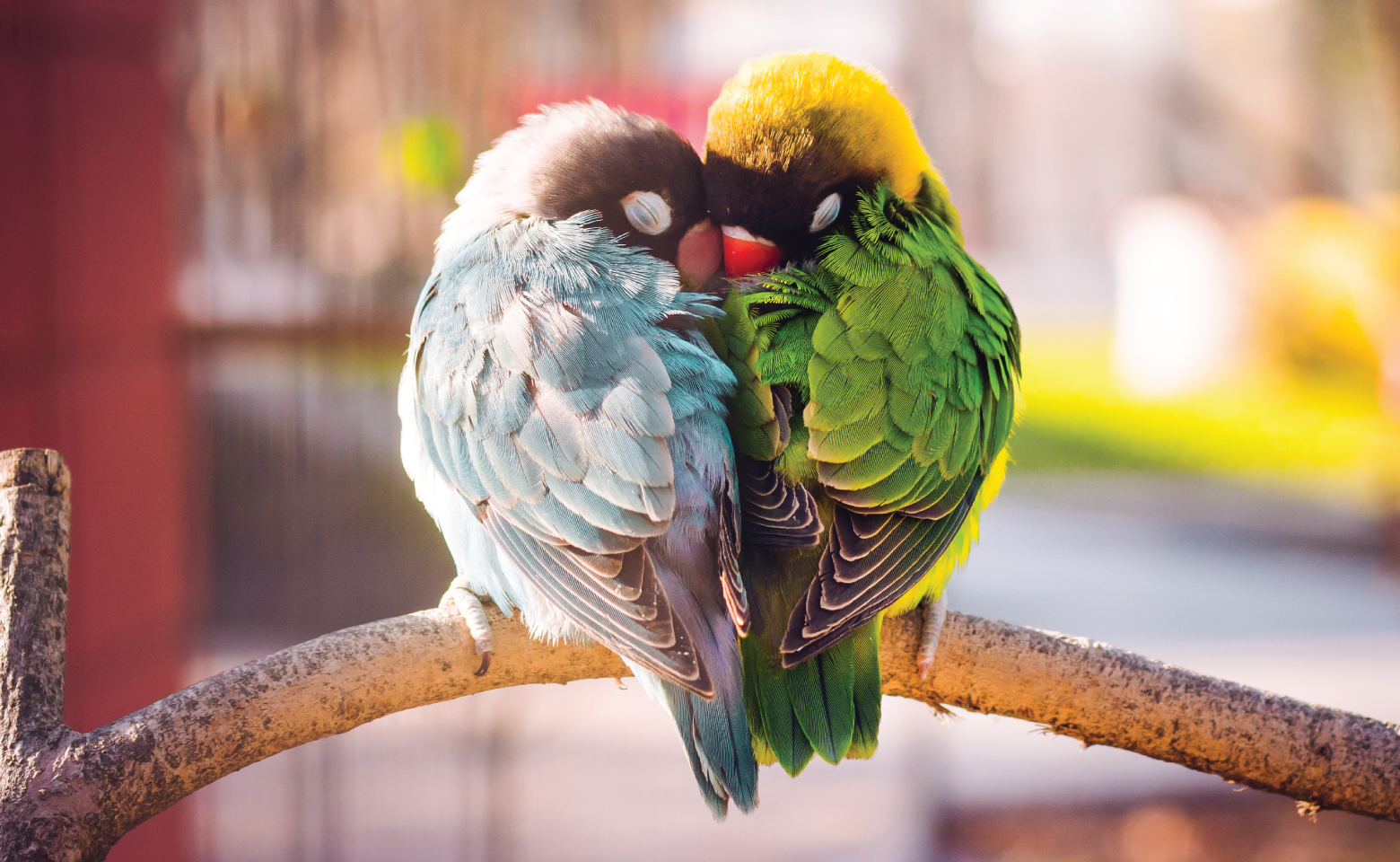
Lovebirds
With bold, feisty personalities, lovebirds can be a real handful, despite their small size. And don’t be fooled by the cute name, as they can be prone to aggression and might even nip, just to show you who’s in charge. Like any pet, their behaviour will be shaped by the treatment they receive, so if you are affectionate and attentive, they’re likely to become very affectionate too. Lovebirds do like to live in pairs, and will sit close together and preen each other, but a single lovebird can also live happily on its own, as long as it has a close bond with its owner. These colourful little birds are active and quick-minded, so they need plenty to keep them occupied, including perches, swings and toys that they can chew and shred. They like a diet of seeds, pellets, fruits, grains and fresh leafy greens. Lovebirds live for 5 – 8 years.
Never buy wild-caught birds or take a bird out of the wild to make it your pet. Rather adopt a bird that is already used to living in captivity.
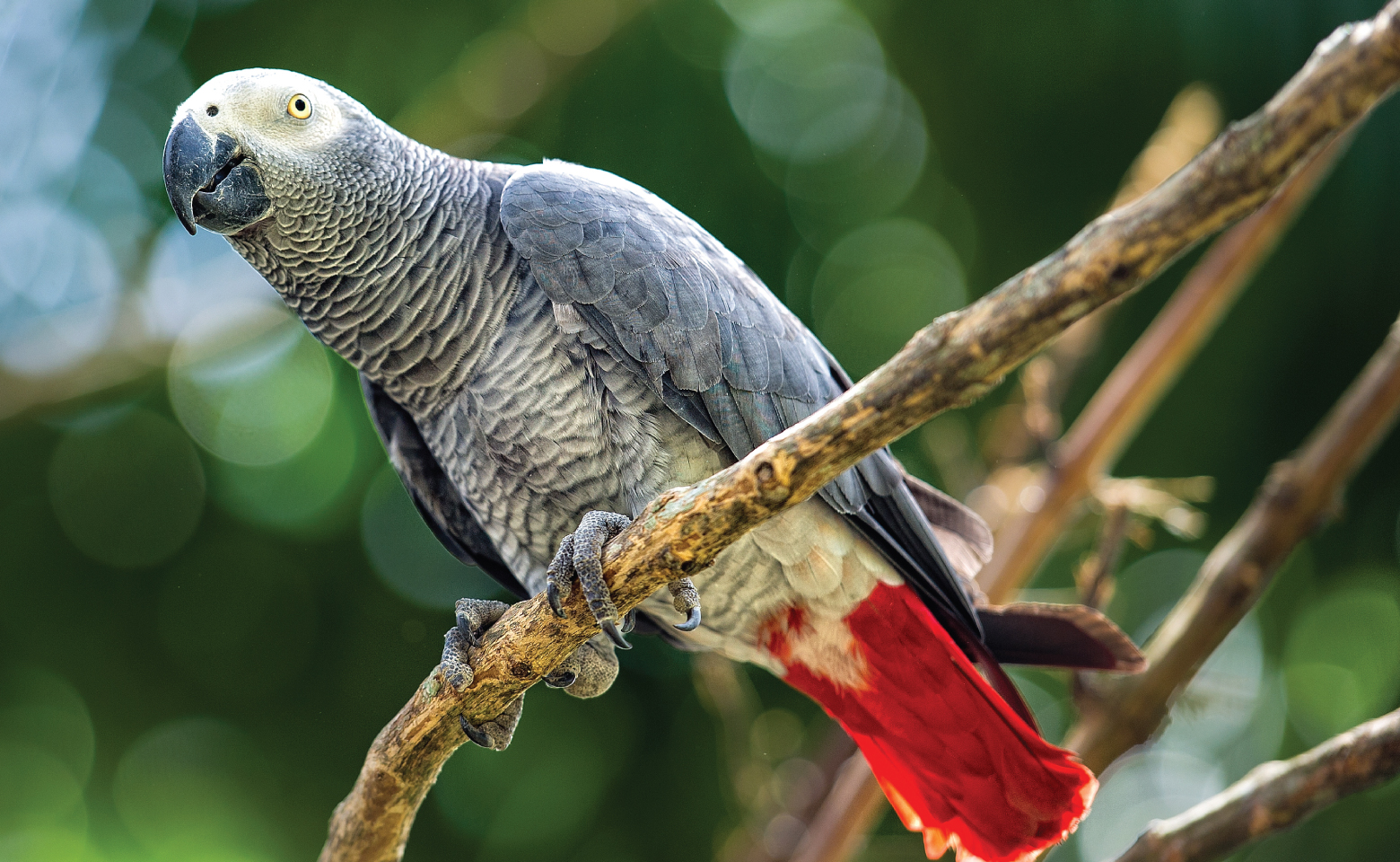
African Grey Parrot
Another bird you might consider is an African Grey parrot. They are very clever, so if you do decide to get one as a pet, remember that these smart birds need a lot of mental stimulation to thrive and be happy. These parrots live to around 20 years.
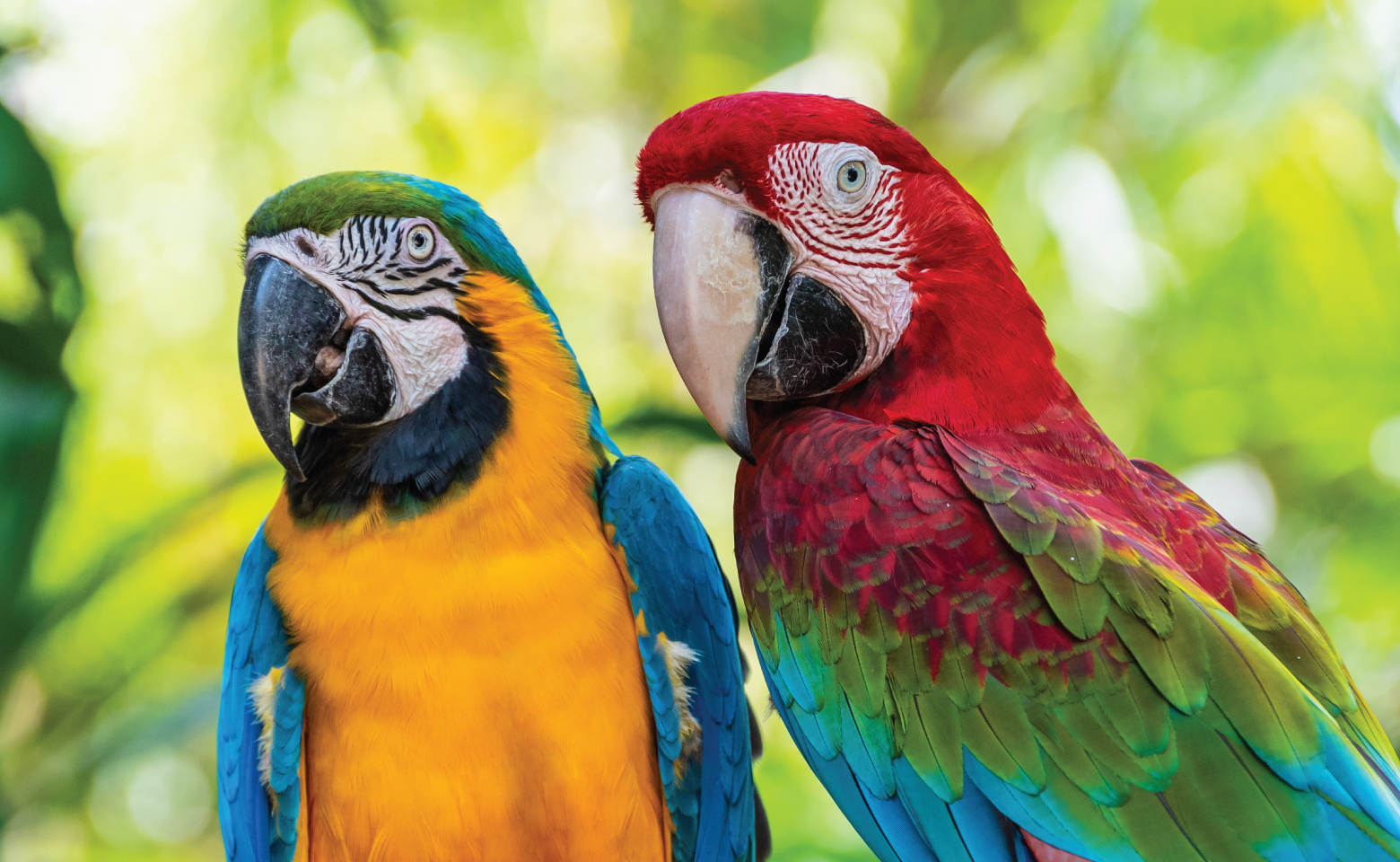
Macaws
Also exceptionally clever, Macaws are natural problem solvers that can be taught to use tools and build puzzles. They make affectionate and playful pets and have a lifespan of between 30 and 50 years.

Budgies
One of the most popular species of pet birds is the budgie, also known as a parakeet. Small and easy to care for, parakeets can be trained to perform tricks and talk, and are extremely affectionate and friendly. Budgies or parakeets live to around 7 or 8 years.
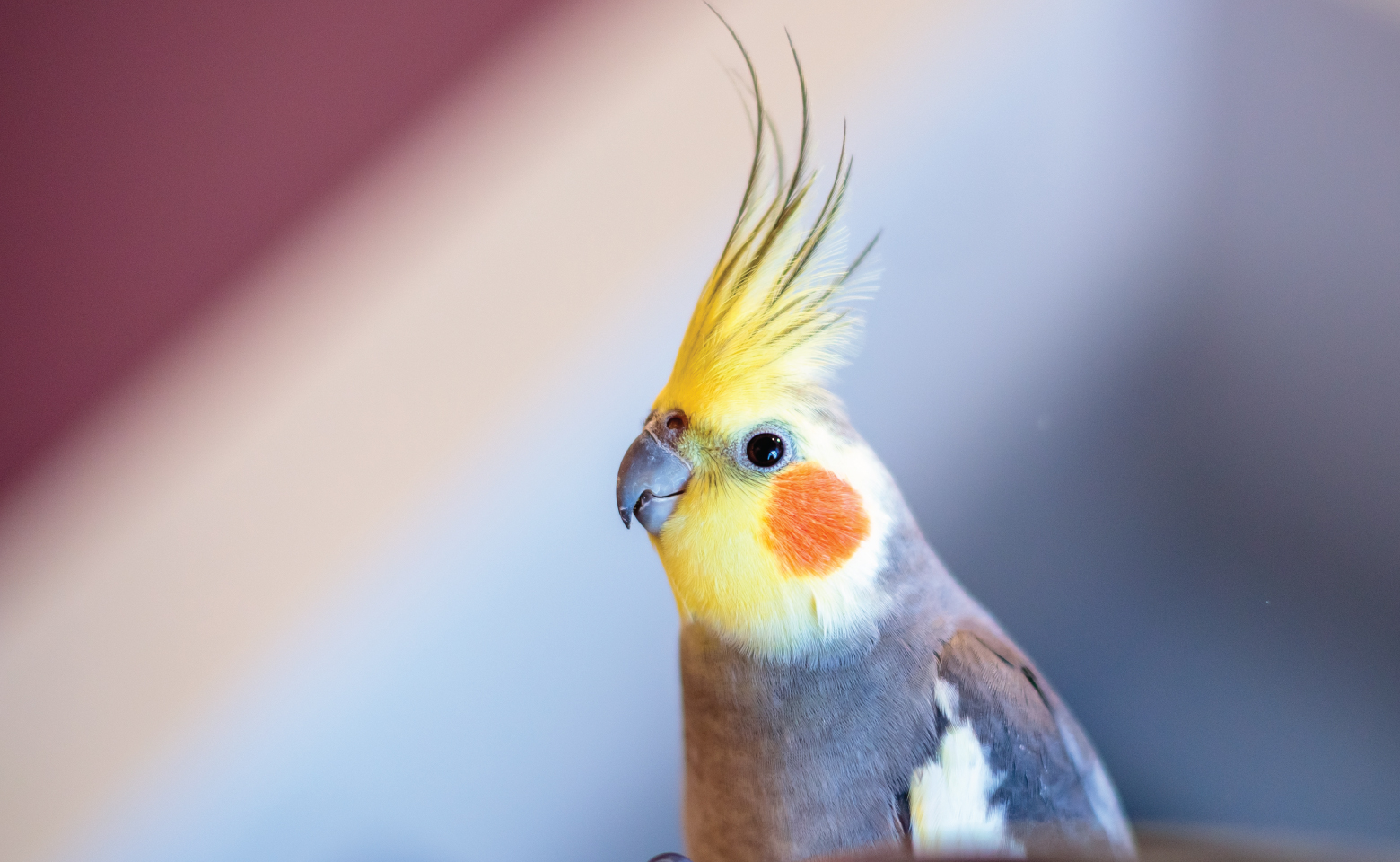
Cockatiels
The cockatiel is a beautiful and captivating pet that thrives when hand fed and raised in an affectionate home. They are very communicative and can learn to imitate common household sounds like telephone rings and morning alarms. Their lifespan is around 15 – 25 years.
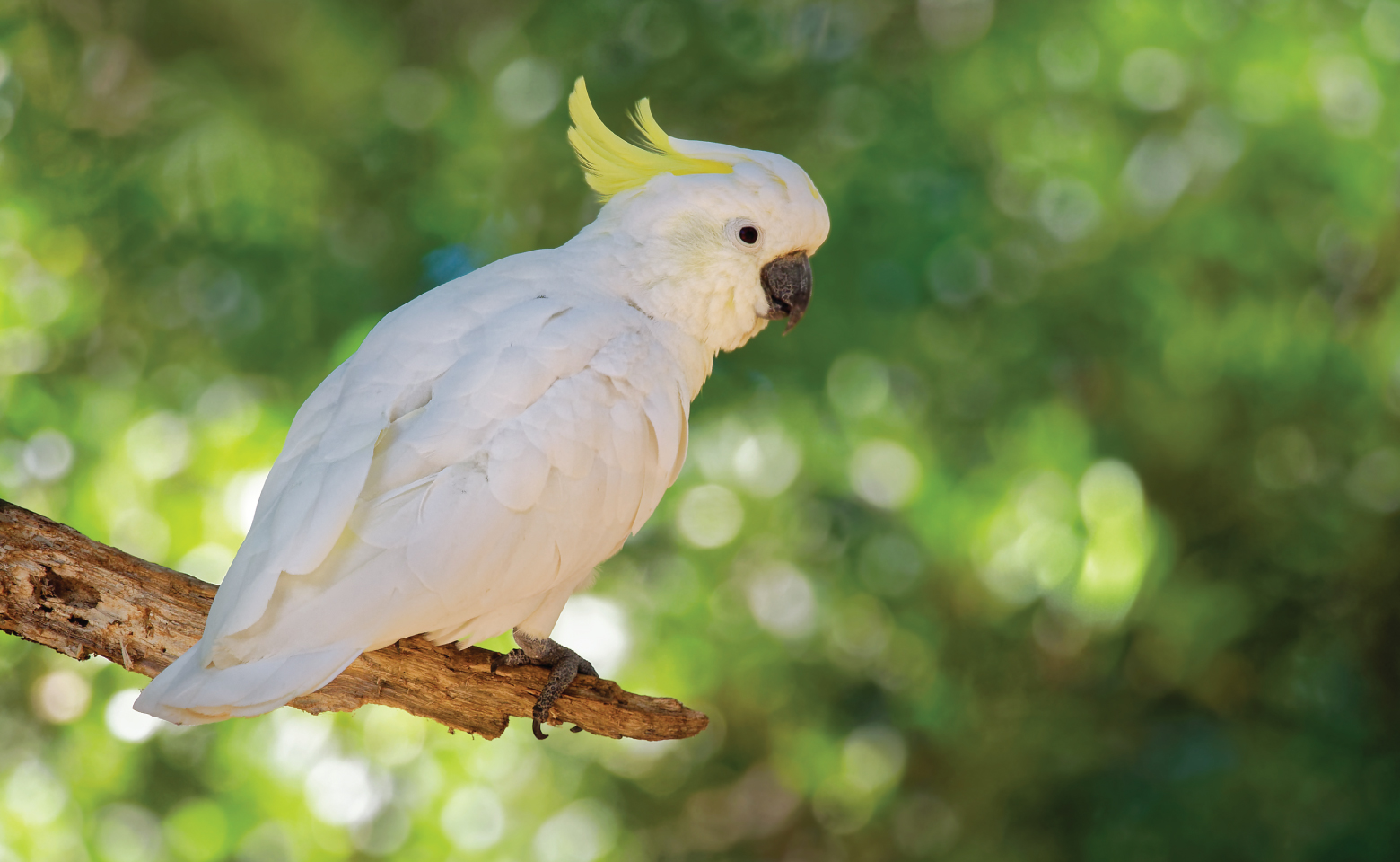
Cockatoos
Cockatoos are also very affectionate and forge strong bonds with their owners, so they need plenty of affection and attention. They can be prone to depression or anxiety if left alone for long periods of time, so they definitely need a home where there are people around during the day. Cockatoos can live up to 50 years - something to keep in mind when considering one as a pet.
Build trust slowly
It’s important to know that even a tame bird might be nervous being handled by a new person, so make sure you speak to the breeder or a vet about how to properly handle a bird. Don’t expect a bird you’ve just met to behave like a Labrador puppy. It’s up to you to be gentle and attentive, to slowly gain the bird’s trust.
ESSENTIAL CARE
Before you even bring the bird/s home, get a good quality cage, as big as you can manage. It needs to be big enough for your bird to fly, jump, and climb. Provide fresh food and water daily, plenty of toys, as well as spaces for resting, climbing, swinging and perching. It’s also important to keep the cage very clean, with the papers changed daily, the entire cage wiped with unscented soap and water once a week, and everything disinfected at least once a month.
Birds should be part of the family, not just something to look at. So it’s vital that you tame your birds to the point that you can let them out of the cage every day for at least a couple hours and more for larger birds like an African Grey. People who bond deeply with their pet birds let them roam free throughout the house at all times, only going into the cage at night-time. If you do this, you must make sure the house is free of any hazards, and that includes bird-chasing dogs or cats.
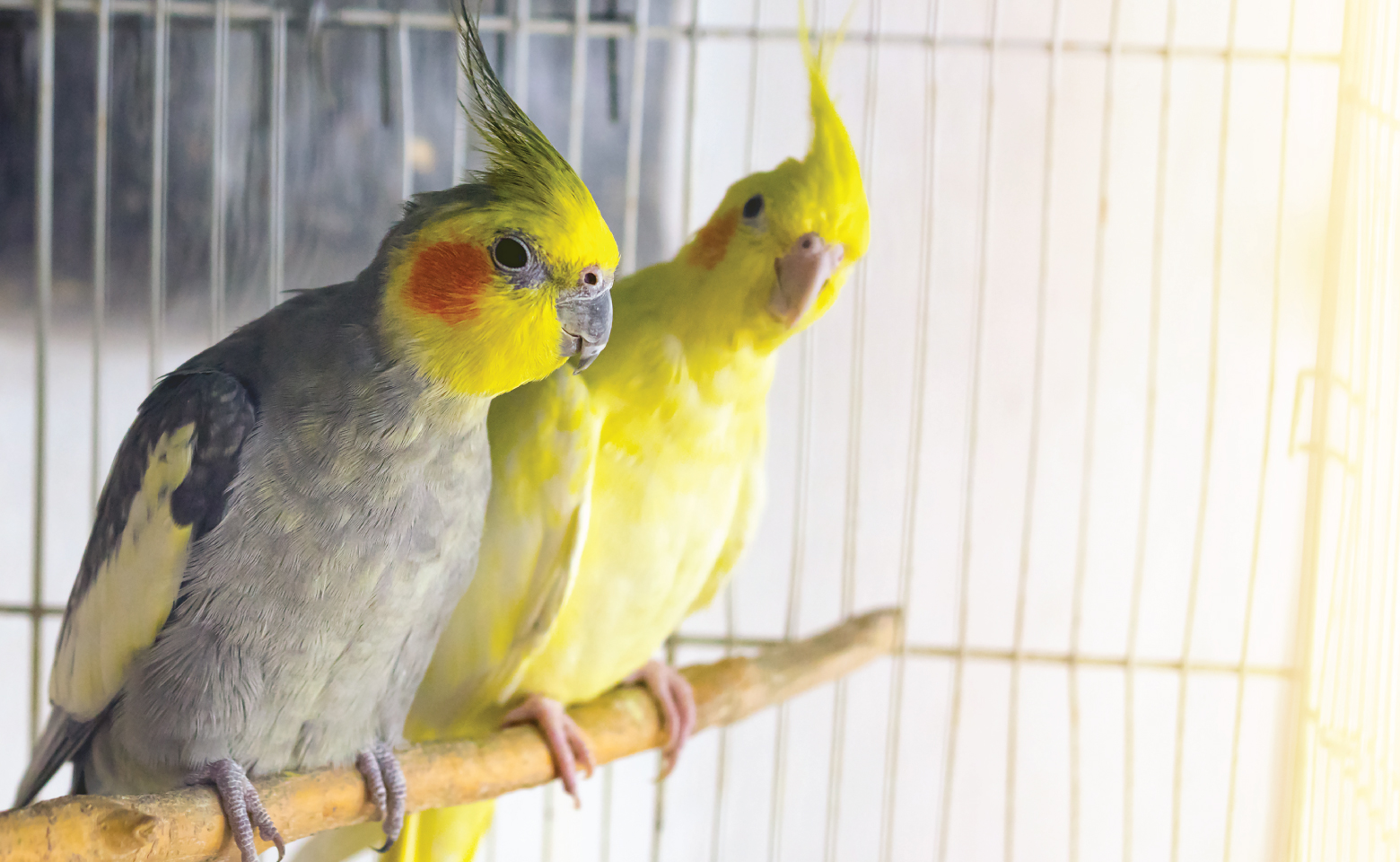
Birds need interaction. This might take the shape of playing games, training, talking, cuddling and whistling. It might take a while to gain trust, so start slowly, by spending quiet time near the cage, for instance having the cage right next to you while you read a book or watch TV.
Of course, you want to give your pet birds the best nutrition possible, so do thorough research into the best foods for your chosen species. Also be aware that some birds are highly allergic to certain foods, for instance parrots and avocado. You would need to keep an eye out for signs of stress, depression or anxiety. Birds let their unhappiness be known by screaming, aggressive chewing on things or plucking their feathers out. The cause might be obvious, such as moving house, or that your schedule has changed and it’s not getting the same amount of attention or affection. If you can’t figure it out, it’s best to take your bird to a vet and get some expert advice.
Bringing a bird into your family is a big responsibility. As with any pet, it’s important to do thorough research, choose the species carefully and commit to taking care of its specific needs. Do so, and you will have a loyal, loving and affectionate pet.
